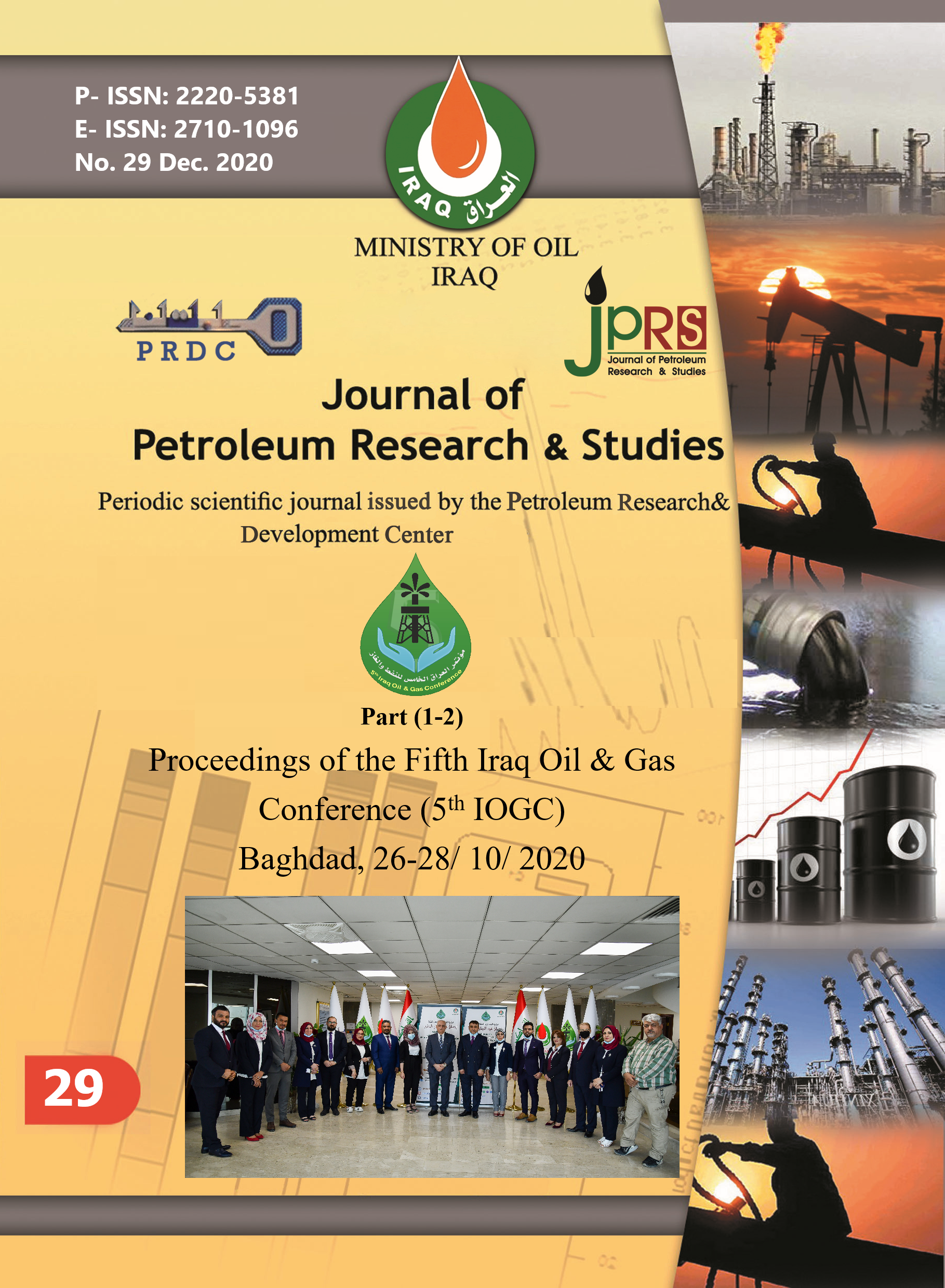Abandonment of an Iraqi Well, justifications and feasibility study
DOI:
https://doi.org/10.52716/jprs.v10i4.369Abstract
At the beginning of petroleum industry evolving the regulation did not focus on environmental issues, it was, mainly, looking to natural resources (oil and gas) production and protection. By the time, environmental and safety implications started to be the highest priority, as a result of undesirable impact of oil operations on plant. Huge numbers of dry wells were abandoned according to environmental regulations to prevent side effects which involved contamination of shallow water aquifers, surface seepage of hydrocarbon (whether oil or gas) or salty water, potential hazardous of explosion or soil contaminations, and water contamination at offshore unplugged wells. Based on the hazards above, the main objectives of plugging and abandonment operations is to achieve isolation and protection of all fresh and near fresh water zones, and all future commercial zones, as well as prevent leaks in perpetuity from or into the well and remove surface equipment and cut pipe to a mandated level below the surface.
In this paper, an Iraqi oil well was studied as a case study of abandonment processes. The well represents a danger to people, environment and subsurface fresh water; due to unusual raised pressure in different annuluses and copious surface leak from wellhead components while production. Worthily to say that, it is seldom in Iraq to abandon the wells in current time, according to good reservoirs situation. The reasons and justifications of this well plugging, depending on economic analysis and investigation were studied, and explained, according to international practices and procedures of such treatments. The workover option is most economic option, but it was eliminated due to failure in ensuring the well safety and severe environmental impact which expected. According to investigation, pressure and laboratory tests were revealed that P&A is mandatory for this well as soon as possible.
Downloads
Published
How to Cite
Issue
Section
License
Copyright (c) 2020 Dr. Kareem A. Alwan, Hayder A. AlAttaby

This work is licensed under a Creative Commons Attribution 4.0 International License.














